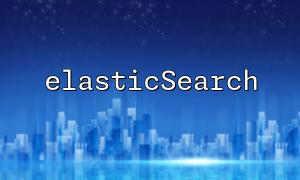In today’s web development landscape, the combination of the Linux operating system and the PHP scripting language is a widely adopted solution. Known for its stability, security, and open-source nature, Linux serves as the preferred environment for many servers. Paired with PHP—a powerful server-side scripting language—this setup offers developers efficiency and flexibility.
This powerful duo enhances system performance while providing a cost-effective and customizable development environment suitable for projects of any scale.
Open Source and Freedom: Both Linux and PHP are open source, which allows developers to freely access, modify, and distribute the source code. This fosters a strong community and vast technical resources.
High Performance: PHP runs efficiently on Linux servers, making it a great choice for high-traffic websites and applications that require robust performance.
Security: With Linux’s built-in permission system and PHP’s best practices, developers can create secure web environments that mitigate common threats.
Creating a PHP development environment on Linux is straightforward. Below are the essential steps:
Apache and Nginx are the most commonly used web servers on Linux. You can start them using the following commands:
sudo systemctl start apache2 // Start Apache service
sudo systemctl start nginx // Start Nginx serviceUse your package manager to install PHP and required modules:
sudo apt-get install php libapache2-mod-php // For Ubuntu/Debian
dudo yum install php php-cli // For CentOSFor most web apps, a database is essential. Install MySQL or MariaDB with the following command:
sudo apt-get install mysql-server // Install MySQL databaseTo confirm that PHP is working correctly, create a test file like index.php in your server’s root directory:
<?php
phpinfo();
?>Access http://localhost/index.php via browser. If you see PHP configuration details, the setup is successful.
Beyond installation, PHP on Linux plays a crucial role in scalable, secure, and modern web applications.
Thanks to its popularity, PHP on Linux has a large, active community that shares tutorials, frameworks, and open-source tools—making development easier and faster.
Linux is the foundation of most cloud platforms, and PHP integrates well into containerized and microservice-based architectures, supporting agile development workflows.
Many major platforms—including WordPress, Wikipedia, and others—are powered by PHP running on Linux, highlighting its reliability and effectiveness.
The combination of Linux and PHP remains a cornerstone of modern web development. With its performance advantages, security, and flexibility, it provides developers with a robust and scalable foundation. Whether you're building a personal blog or a large-scale application, PHP on Linux is a proven and future-ready choice.









